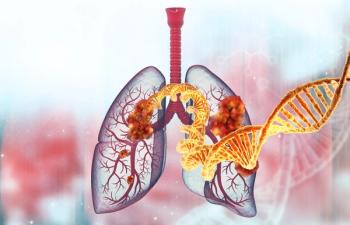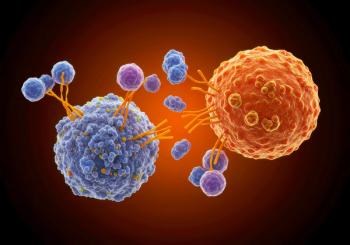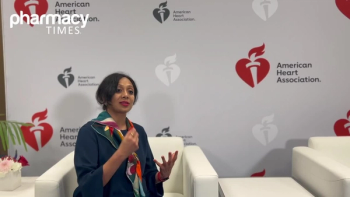
Non-Live Recombinant Vaccine for Herpes Zoster Shows Greater Efficacy, Broader Applicability Than Live Attenuated Vaccine
A study comparing the efficacy of the 2 commercially available herpes zoster (HZ) vaccines, the live zoster vaccine and the non-live recombinant zoster vaccine, found that RZV has both higher efficacy and broader use cases, according to the authors.
A study comparing the efficacy of the 2 commercially available herpes zoster (HZ) vaccines, the live zoster vaccine (LZV, Zostavax, Merck) and the non-live recombinant zoster vaccine (RZV, Shingrix, GSK), found that RZV has both higher efficacy and broader use cases, according to the authors. Although the efficacy and safety of LZV has been repeatedly proven in studies, it has limited use in immune-compromised adults and its cell-mediated immunity wanes over time.1
Incidence of HZ has been rising over several decades, with some studies indicating 4 times as many cases today as in the 1940s. This increase has disproportionately affected women and the elderly, and it has occurred globally with no apparent association with demographic shifts in the elderly population or the increased prevalence of immunocompromised individuals.2
HZ carries a high risk of sequelae, most notably postherpetic neuralgia (PHN), which is pain continuing 90 days past the diagnosis of HZ or rash onset. It is considered the most debilitating condition to follow HZ because it impairs quality of life across physical, psychological, functional, and social health domains.
Because there is a lack of consensus on the precise definition of PHN, incidence rates range from 5% to 30%, and it occurs in 50% of HZ affected individuals over 85 years of age. Though postherpetic neuralgia typically resolves over time in older adults, there is a subset of patients who are refractory to pain management for whom the pain continues to worsen over time. Additionally, for individuals with HZ over 50 years of age, the risk for heart attack and stroke increases 3 to 12 months following an episode of HZ.2
LZV, the first vaccine on the market, has been shown to reduce the incidence of HZ by 51.3% and PHN by 66.5% in a study of individuals over 60 years of age. However, the short-term persistence sub-study found that LZV’s efficacy for HZ incidence reduction fell to 39.6% over the course of 3 to 8 years following vaccination and efficacy for PHN prevention decreased to 60.1%.1 A booster dose given 10 years after the first has been shown to enhance VZV-specific cell mediated immunity, but there is currently no recommendation to boost the vaccine.2
RZV, released to market in 2017, has been found to provide an incidence reduction of 89.8% for HZ and a PHN risk reduction of 88% for those above 70 years of age, whereas those below age 70 did not develop PHN. RZV also displays persistent immunity, with cellular and humoral resistance remaining above pre-vaccination levels up to 9 years post-vaccination. The immune response is anticipated to remain over the benchmark for 15 years post-vaccination, according to the study.1
In terms of treatment for HZ, antiviral therapies have been shown to be effective in patients who are greater that 50 years of age, have moderate to severe rash or pain, have non-truncal involvement, or are immunocompromised. Additionally, nonsteroidal anti-inflammatory drugs (NSAIDs) and acetaminophen have proven effective in treating mild pain from HZ but are unlikely to provide pain relief for PHN, according to the study. Opioids are not approved by the FDA for the treatment of PHN, though they are considered third line agents of symptom relief alongside tramadol.
LZV has seen a considerably poor uptake, with only 24% of US adults over 60 years of age receiving an HZ vaccination in 2013. Women, those over 65 years of age, and non-Hispanic whites were more likely to be vaccinated than other populations. Vaccine cost remains one of the major barriers in vaccine uptake, according to the study authors.2
REFERENCES
Singh G, Song S, Choi E, Lee P, Nahm FS. Recombinant zoster vaccine (Shingrix®): a new option for the prevention of herpes zoster and postherpetic neuralgia. Korean J Pain. 2020 Jul 1; 33(3): 201–207. Accessed April 9, 2021.
John A, Canaday D. Herpes zoster in the older adult. Infect Dis Clin North Am. 2017 Dec; 31(4): 811–826. Accessed April 7, 2021.
Newsletter
Stay informed on drug updates, treatment guidelines, and pharmacy practice trends—subscribe to Pharmacy Times for weekly clinical insights.















































































































































































































